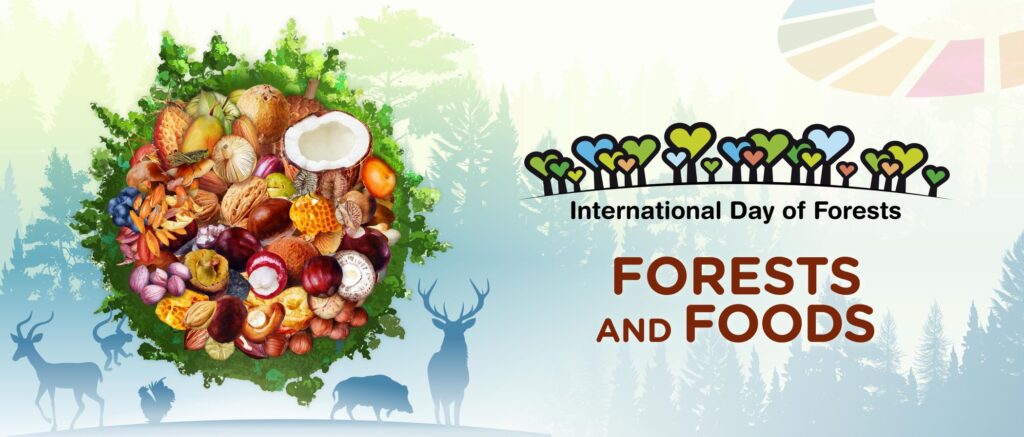Every year, 21st March is observed as International Day of Forests to honor and raise awareness about the importance of all forest forms. On every International Day of Forests, many countries are urged to make local, national, and international efforts to coordinate forest- and tree-related events, such as tree planting.
Forests cover about a third of the earth’s surface area. Approximately 1.6 billion people, of whom more than 2000 indigenous peoples, rely on forests. For several causes, forests are important for the earth, including:
Helping to provide shelter for half of the earth’s vertebrate species, mammals, and insects. Contributing to air quality by balancing oxygen, carbon dioxide, and humidity. Watersheds, which provide rivers with fresh water, must be protected.
The General Assembly of the United Nations adopted Resolution A/RES/67/200 on 21 December 2012, which specified that the International Day of Forests is to be observed on 21 March of each year. This event is observed annually by the UN along with the collaboration of the Food and Agriculture Organization of the United Nations, governments, and forest organizations.
Theme of International Day of Forests 2025
This year, the theme of International Day of Forests 2025 is “Forests and Food.”
The theme “Forests and Foods,” honors the important parts that forests play in ensuring food security, nutrition, and livelihoods.
Forests not only sustain soil fertility, safeguard water supplies, and provide habitats for biodiversity, including essential pollinators, but they also offer food, fuel, revenue, and jobs. They help mitigate climate change by storing carbon and are vital to the existence of societies that depend on forests, especially Indigenous peoples.
FAO is also commemorating its 80th anniversary in 2025, and events for the FAO International Day of Forests will highlight initiatives and best practices that support a resilient, inclusive, and sustainable food future.
Key Messages
Around the world, over five billion people rely on forests and non-timber forest products for their livelihoods, food, and medicine. Nuts, fruits, seeds, roots, tubers, leaves, mushrooms, honey, wild meat, and insects are all abundant in forests and trees, contributing vital nutrients to people’s diets.
Around 2 billion people depend on wood and traditional fuels, which are used in cooking
Forests help farming by housing pollinators, keeping soil fresh, retaining water, giving food and shade for livestock, controlling temperatures, barriers against wind for crops, and increasing rainfall.
Forests and trees provide rural income, which helps in boosting livelihood and nutrition.
Forests are essential for water, which is necessary for ecosystems as well as for our nutrition and food security.
Events
Celebrate the International Day of Forests with FAO online at the first business event honoring FAO’s 80th anniversary. Stories from the field will be presented after a global review of the connections between foods and forests.
Swikriti Dandotia












